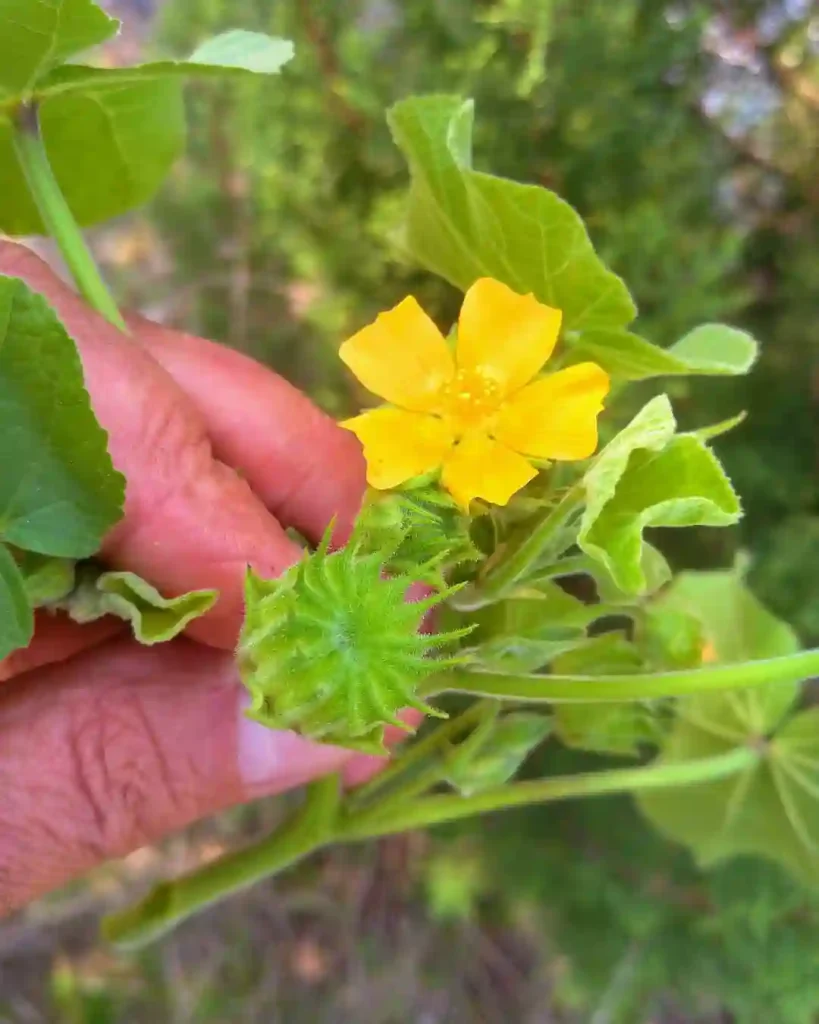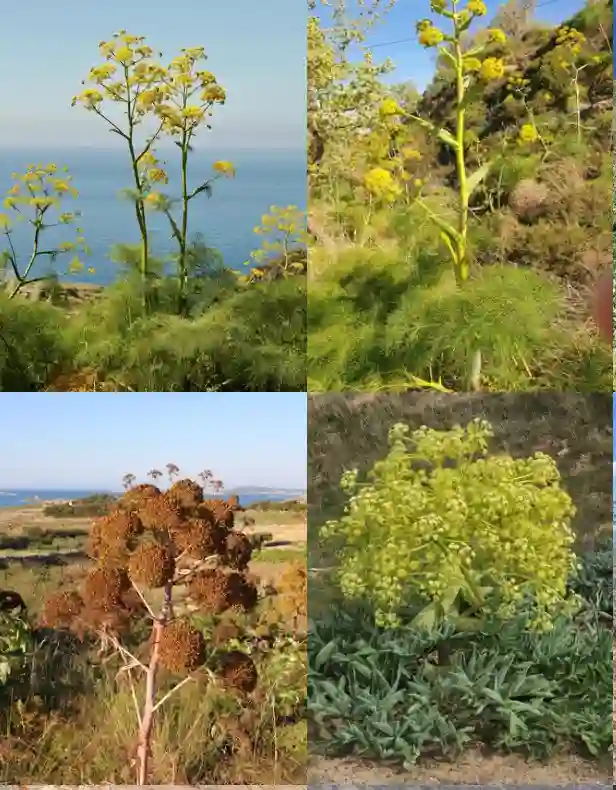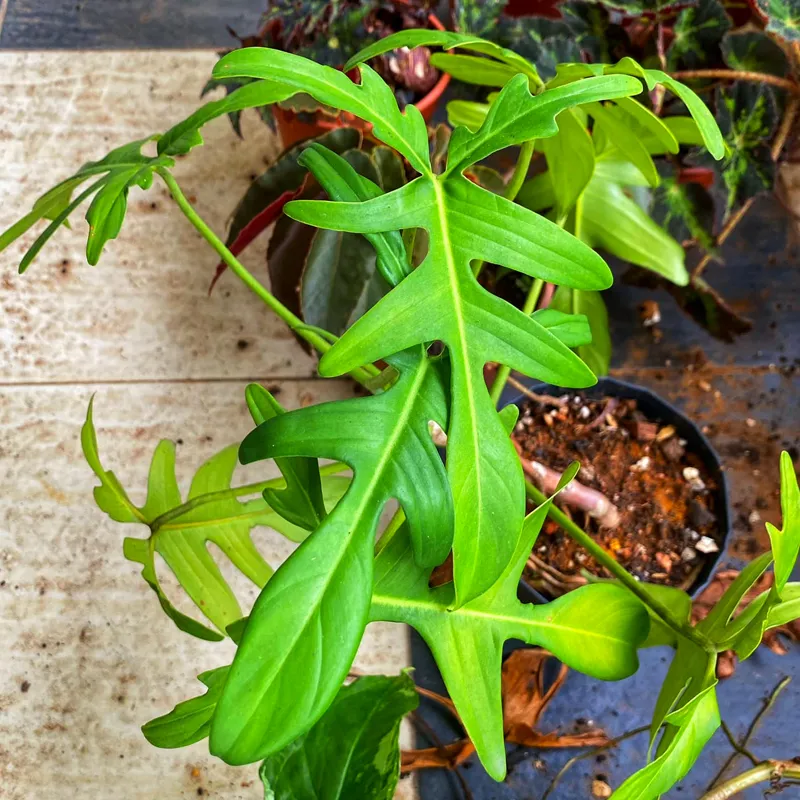What is Camellia Buttermint?
Camellia Buttermint is a beautiful evergreen shrub that belongs to the Camellia family. It’s known for its creamy, butter-yellow blooms that stand out against its glossy, dark green foliage. The flowers typically bloom in late fall and early winter, providing much-needed color when most other plants are dormant. This variety of Camellia is perfect for adding elegance to any garden or landscape, especially if you enjoy vibrant winter blooms. The plant has a compact growth habit, which makes it ideal for both small and large spaces.
230 Species in Genus Camellia
How to Care for Camellia Buttermint?
Caring for Camellia Buttermint is relatively straightforward, but it does require attention to detail to ensure it thrives. Here’s what I’ve learned from my experience:
- Light: Camellia Buttermint prefers partial shade. Too much direct sunlight can scorch its leaves, while too little light can affect its blooming. I’ve found that dappled shade under tall trees works best for it.
- Soil: This plant thrives in acidic, well-draining soil. I like to amend my soil with peat moss or pine bark to lower the pH and improve drainage. Avoid alkaline soils as they can lead to nutrient deficiencies.
- Watering: Keep the soil consistently moist but not soggy. Camellia Buttermint doesn’t tolerate drought well, so regular watering is essential, especially during dry spells. However, overwatering can lead to root rot, so be mindful of the balance.
- Mulching: A thick layer of mulch helps retain moisture and regulate soil temperature. I prefer using organic mulches like pine needles or bark, which also help to maintain the soil’s acidity.
- Fertilization: I usually fertilize my Camellia Buttermint in early spring with an acid-based fertilizer formulated for Camellias. Avoid fertilizing during the late summer or fall, as this can encourage new growth that might not harden off before winter.
- Pruning: Pruning should be done after the plant finishes blooming. I typically remove any dead or diseased wood and shape the plant to encourage healthy growth.
How to Propagate Camellia Buttermint?
Propagating Camellia Buttermint can be done through cuttings. From my experience, here’s a step-by-step guide:
- Take Cuttings: In early summer, I select healthy, semi-hardwood stems and cut them about 6 inches long. Ensure the cutting has at least a few leaves.
- Prepare the Cuttings: Remove the lower leaves, leaving just a couple of leaves at the top. I like to dip the cut end into a rooting hormone to encourage faster root development.
- Planting: I plant the cutting in a pot filled with a mix of peat and perlite to provide good drainage. Cover the pot with a plastic bag to create a humid environment and place it in a bright, indirect light spot.
- Watering: Keep the soil moist but not waterlogged. After a few months, the cuttings should develop roots. Once rooted, I transplant them into individual pots or directly into the garden.
What to Plant with Camellia Buttermint?
Camellia Buttermint pairs beautifully with other shade-loving plants. I’ve had success planting it alongside ferns, hostas, and azaleas. These plants share similar soil and light requirements, making them excellent companions. In terms of design, I like to create layers of height, with Camellia Buttermint acting as a mid-tier shrub, complemented by shorter perennials in front and taller trees behind.
How to Use Camellia Buttermint in Landscaping?
In landscaping, Camellia Buttermint can serve various purposes. Here are a few ways I’ve used it:
- Foundation Planting: Its compact size makes it perfect for planting along the foundation of homes or buildings. The evergreen foliage provides year-round interest, while the yellow blooms add a splash of color in winter.
- Hedges or Borders: Camellia Buttermint can be used to create low hedges or define garden borders. I’ve planted it along pathways, where its flowers can be enjoyed up close during the winter months.
- Specimen Planting: I love using Camellia Buttermint as a specimen plant in a garden bed. It stands out on its own, especially when planted in front of a dark backdrop like evergreens.
Is Camellia Buttermint Toxic?
As far as I know, Camellia Buttermint is not toxic to humans or pets. This makes it a safe choice for gardens where children and animals frequently roam. However, while it may not be toxic, it’s always a good idea to keep an eye on pets and kids to prevent them from ingesting any plant material.
Common Issues with Camellia Buttermint
Like many plants, Camellia Buttermint can face a few challenges. Here’s what I’ve encountered:
- Yellowing Leaves: This can be a sign of chlorosis, which is often caused by alkaline soil or poor drainage. I combat this by adjusting the soil pH and ensuring proper drainage.
- Root Rot: Overwatering or poorly draining soil can lead to root rot. I make sure the soil is well-draining and avoid watering excessively.
- Pests: Camellias can be prone to scale insects and aphids. I regularly check my plants for any signs of pests and treat them with insecticidal soap if necessary.
- Bud Drop: Sometimes, the flower buds may drop before blooming. This can be caused by inconsistent watering or sudden temperature changes. Keeping the soil evenly moist and avoiding extreme fluctuations in temperature can help prevent this.
Conclusion
Camellia Buttermint is a stunning addition to any garden, especially if you’re looking for winter blooms. With proper care, it will reward you with beautiful, butter-yellow flowers and lush, green foliage year-round. From planting companions to propagation tips, this versatile shrub can thrive in various settings and provide visual interest when most other plants have gone dormant. It’s an excellent choice for gardeners who appreciate beauty during the cooler months.
If i die, water my plants!



